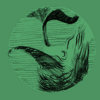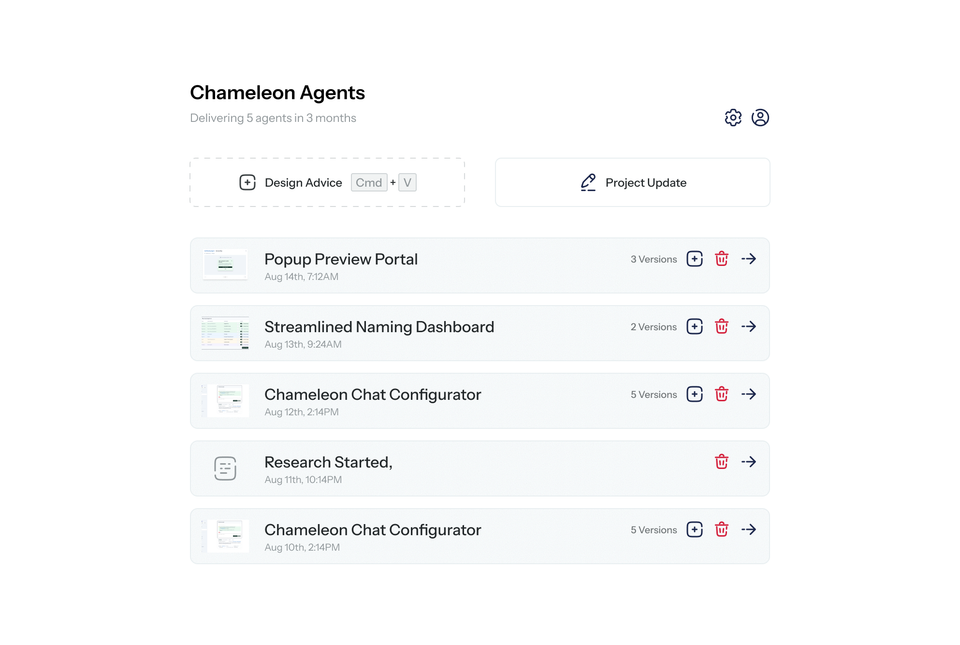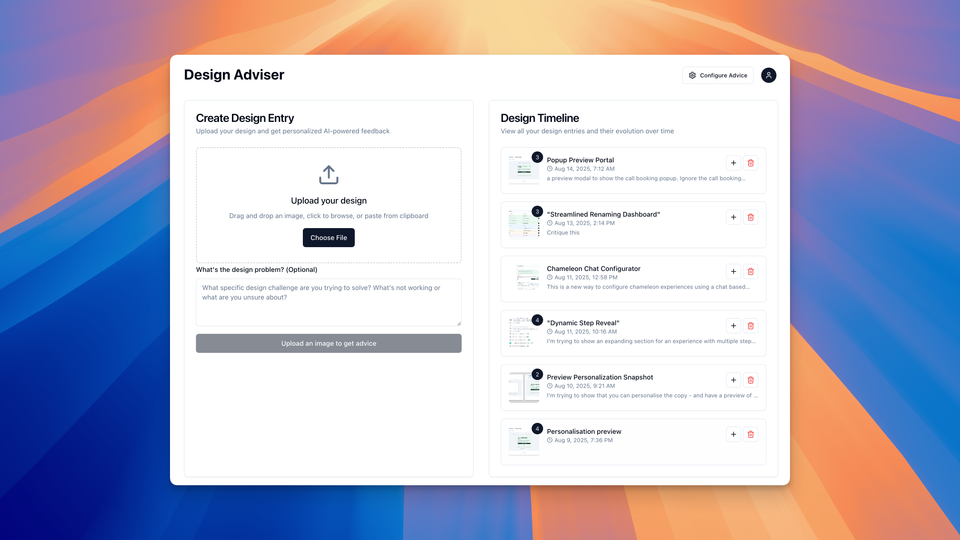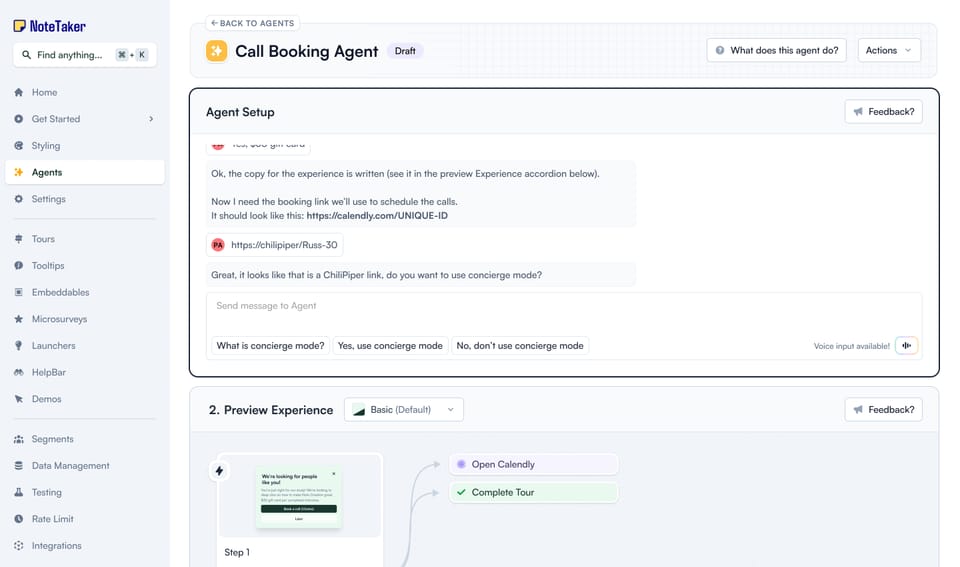Basement Files 107
It is not constant effort that delivers results but a kind of constant, patient, unhurried focus that organizes the investigator’s attention when at work and is present but watchful during periods of ease.



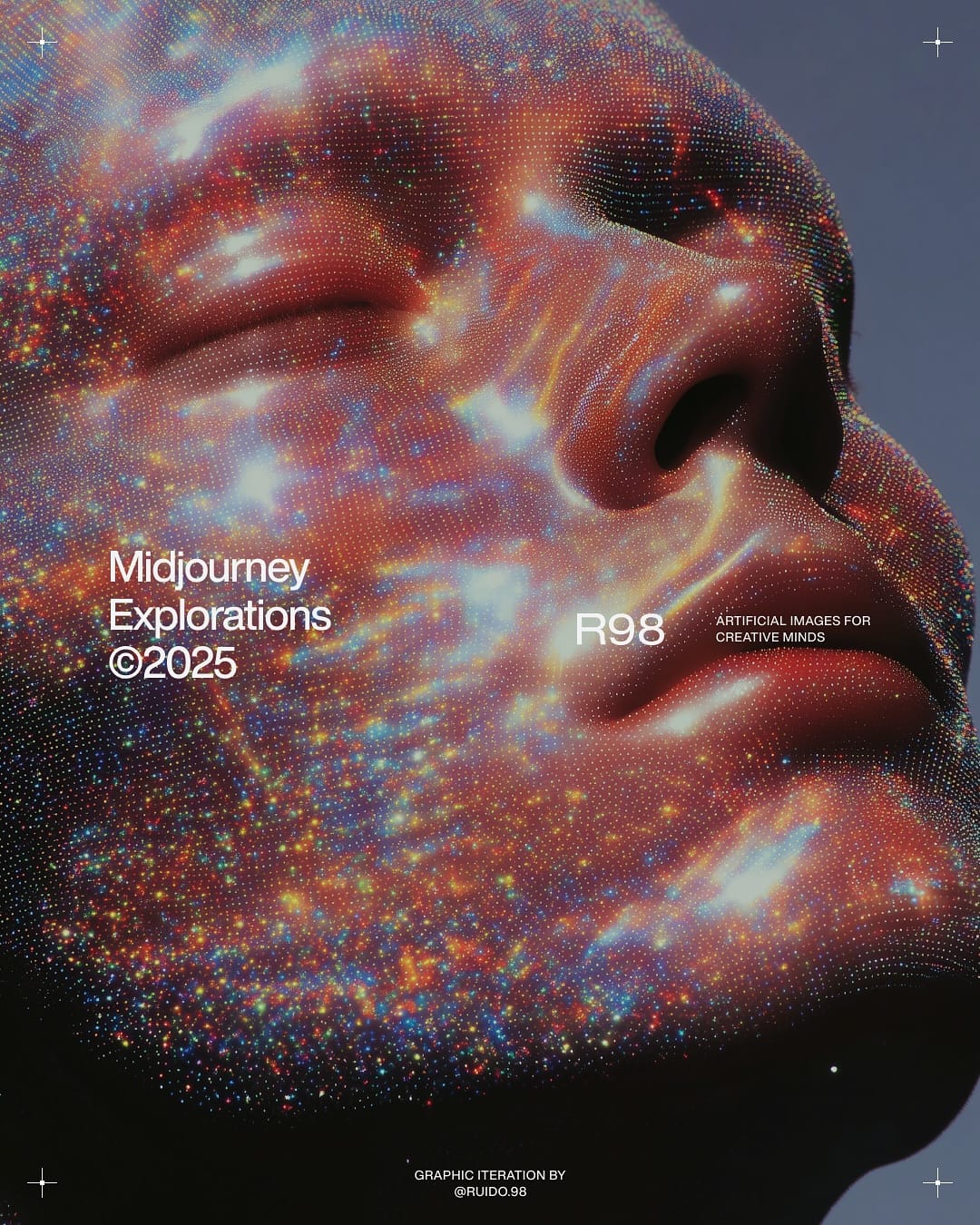

Notes
Reading
The irony: I get more from reading when I stop trying to prove something. Not because I’m trying harder, but because I’ve stopped trying to be someone else’s idea of “a good reader.” Reading with both intention and abandon. With structure and spontaneity.
Rest
Before the eighteenth century, the boundaries between work and rest were not so clear-cut. Workplaces and domestic space were often intertwined: in the preindustrial era, skilled workers had shops in their homes, small farmers brought livestock into the house during winter months, scholars and teachers gave lessons out of their homes, and apprentices lived with their masters. Working time was more flexible and “task-oriented,” as labor historian E. P. Thompson put it, and many workers sought to work only long enough to provide for their basic needs.
In other words, it is not constant effort that delivers results but a kind of constant, patient, unhurried focus that organizes the investigator’s attention when at work and is present but watchful during periods of ease.
One striking characteristic of the brain in its resting state is that it’s barely less energetic than the engaged brain. Even when you’re staring into space, your brain consumes only slightly less energy than it does when you’re solving differential equations.
AI
we can talk and point at the same time, and an LLM can talk and show at the same time.
Users are perfectly happy, it turns out, to bring the context they care about to the product, and then use the product as a focused tool to accomplish a specific task. For all the ink spilled about AI as an “orchestration tool” that knows my context and saves me time, more of the actual AI uptake has been focused on doing the end tasks.
Culture
The 20th century taboo against selling out was, at its heart, a communal norm to reward young artists who focused on craft and punish those who appropriated art and subculture for empty profiteering. Now the culture is most exemplified by people whose entire end goal appears to be empty profiteering.
Design
a good question is like “a lever used to pry open the stuck lid on a paint can.”
“organizations gravitate toward the questions they ask.” If the questions from leaders and managers focus more on Why are we falling behind competitors? and Who is to blame?, then the organization is more likely to end up with a culture of turf-guarding and finger-pointing. Conversely, if the questions asked tend to be more expansive and optimistic, then that will be reflected in the culture.
Often the worst thing you can do with a difficult question is to try to answer it too quickly.
On Repeat
whale detective with Nicola Farnon, by whale detective with Nicola Farnon
5 track album
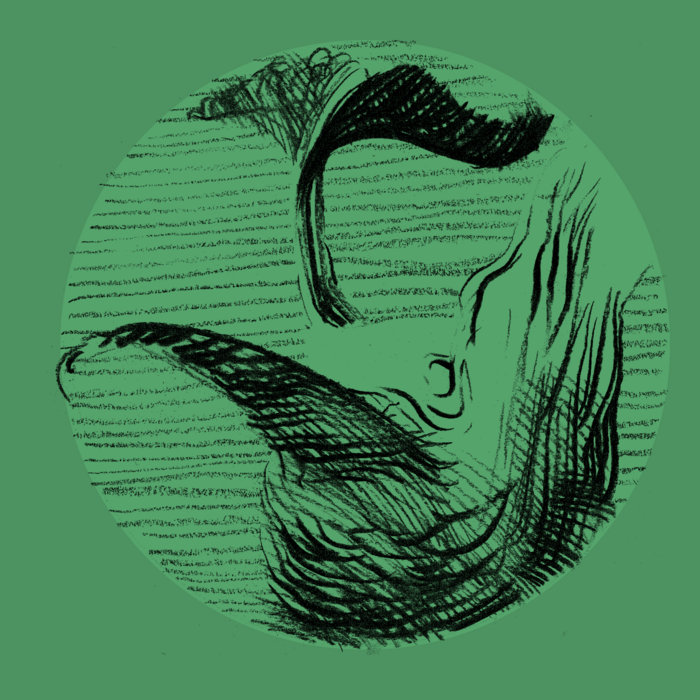
Ambient music from Sheffield

